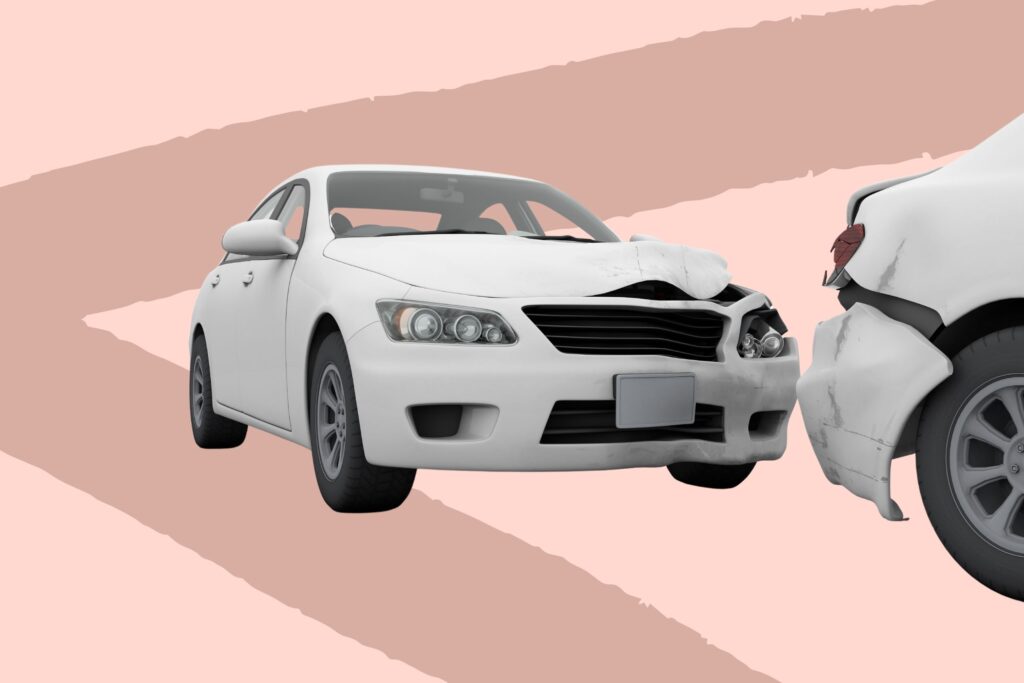It’s undoubtedly autumn; the kids are well and truly ensconced back at school after what seemed like an endless summer, the clocks have changed, and the compost heap might still contain the last remnants of hollowed out pumpkins that look scarier in their current state than they ever did on Halloween. Notwithstanding all this evidence, someone forgot to tell the weather!
However, despite what has been described as an ”unseasonably warm’ October”, let’s not fool ourselves that the coming months won’t revert to type.
For starters, climate change can’t alter the fact that for many of us, we’ll be both going to work and coming home in darkness for the next few months. When the mist, fog, ice, rain, snow, hail, and strong winds arrive (if they have not already done so by the time you are reading this), so will the dangers of driving in hazardous conditions.
Statistically, the top ten most dangerous driving days come in late November, December and January. So what can you do to reduce the chances of being involved in a road traffic accident over the Autumn and Winter months?
Getting Prepared For Driving In Adverse Weather Conditions In Autumn & Winter
- Get your car serviced – or at least take your car to a mechanic and ask them to check the battery, antifreeze level, thermostat, heater, brakes, and defroster.
- Check the tyres – to help reduce the risk of skidding, check your car’s tyre condition and pressure. The current legal minimum tread depth is 1.6mm, but during the winter months, it is sensible to ensure your tyres have at least 3mm of tread depth. This should also help increase your car’s fuel efficiency and lower petrol costs, which is not to be sniffed at in the current economic climate.
- Check the lights – ensure the front, back, and hazard lights are working and clean. Broken lights make it difficult for you to see the road clearly and harder for other drivers to see you.
- Fill up – Always try to keep the car at least half full with petrol; this will reduce condensation and make it easier to start on cold mornings. It also reduces the likelihood of running out of fuel and getting stuck on the side of the road in poor conditions.
- Windshield and wipers – It’s a good idea to add some antifreeze screen wash to your wiper fluid and to check the spray nozzles are unblocked.
- Keep it clean – road salt is often used during the colder months and can damage the car’s paint; a good rinse or wash will help prevent this.

Now The Car Is Ready For Winter, Make Sure You Are Too
Having an emergency kit in the vehicle will help should you break down, have an accident or be affected by adverse weather. Remember to include: a torch, blanket, first aid kit, water, food, warm clothes and an ice scraper. If travelling in the snow, a shovel can prove helpful too.
Ensure your mobile phone is fully charged, that you can also keep it on charge in your vehicle and have the number of your car breakdown service with you so that you can call for help should you need it.
Your Car May Be Ready, But Is Your Driving?
- When in doubt, it’s never a bad idea to slow down – if you hit bad weather, it’s a given that you should. According to RoSPA, speed is a contributory factor in 11% of all accidents involving injury, rising to 15% in cases involving serious injuries and 25% in the case of fatal collisions. We aren’t just talking about exceeding the speed limit; drive according to the conditions, which may be well below the maximum limit for the road you are on.
- Use dipped headlights as soon as bad weather starts to decrease your visibility.
- Give yourself more time to react on wet or icy roads. The Met Office advise you to increase the following gap between your vehicle and the one in front to four seconds.
- Use your wipers as soon rain, snow, or mist begins to decrease your visibility.
- Be extra vigilant in challenging road conditions – don’t get distracted by phone calls or what someone is talking about on the radio.
- Give yourself time – if the weather is going to cause you to be late for something, so be it. Better to get there late than not at all!
And without wishing to put a further dampener on your emerging Christmas spirit, as Mooneerams, an experienced firm of personal injury solicitors, tell us, it’s on the 23rd and 24th of December that roads become most risky.
On that rather macabre note, what better excuse to stay indoors – cosy, tipsy and full of festive food – in the lead up to the big day!




